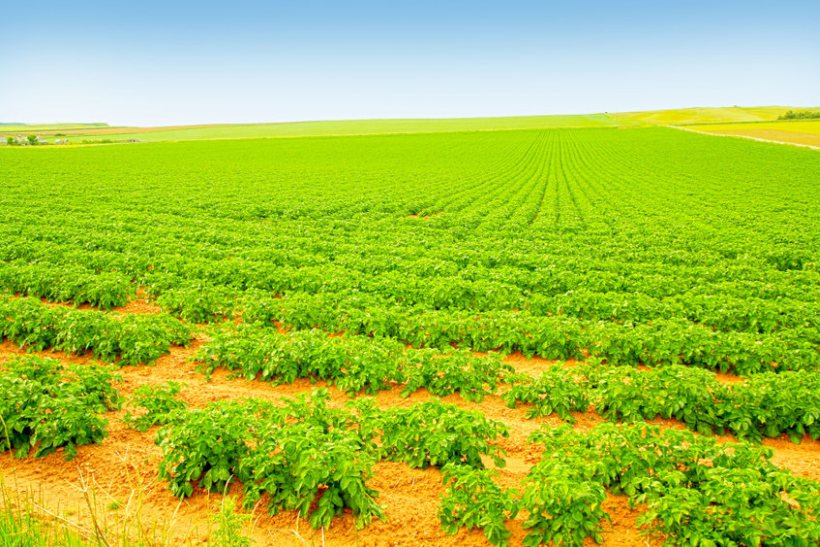
Two Scottish farming co-ops are backing a project that wants to tackle the spread of plant parasitic nematodes in daffodils and potatoes.
The three-year research project will look at sustainable ways to effectively suppress pests and pathogens using cover crops.
Plant-parasitc nemotodes are microscopic and difficult to control because they live underground or inside of plants.
They can seriously damage or even kill crops, but there is no widely available varietal resistance.
The UK produces the largest volume of narcissus in the world grown over more than 4,500ha, with the vast percentage grown in Devon, Cornwall, Lincolnshire, and Scotland.
In Scotland, daffodil production is mostly concentrated on the east coast where 390 hectares are grown.
The project is backed by Grampian Growers and Scottish Agronomy alongside the James Hutton Institute, Harper Adams University and HL Hutchinson Ltd.
Annually, Grampian Growers exports 4,000 tonnes of daffodil bulbs and crops 60 million stems of flowers, with flower production split 60/40 export to UK retail.
Eric Anderson, senior agronomist at Scottish Agronomy, said growers were seeing a rapid rise in land infected by plant parasitic nematodes, posing a real threat.
He said: "Through this project we are looking for the most robust alternative solutions through IPM to secure the future of the bulb and potato growing industry.”
Narcissi are susceptible to a variety of pests and pathogens. Stem and bulb nematodes cause foliar lesions and bulb decay, while root lesion nematodes can stay in the soil causing issues in future rotations.
This causes issues not only for narcissi, but it also reduces yield and quality in following crops of cereals, oilseed rape and potatoes.
While not a pest directly affecting narcissi, potato cyst nematodes (PCN) are a major concern to the bulb industry as the cysts can adhere to soil and attach to bulbs, potentially act as a source of transmission.
The presence of PCN cysts, alive or dead, poses a phytosanitary risk and can prevent the valuable exports of bulbs.
It is also a challenge for the potato industry. In the last decade, SASA (Science & Advice for Scottish Agriculture) has recorded a 187% increase in land infested, from 2,411ha in 2010 to 6,929 ha in 2021, while 15,737ha was found to be infested in the same year.
Surveys of land used for ware potato production show 41% of ware fields are infested with PCN.
The new project aims to investigate alternative cover crop options for managing soil borne nematode populations and reducing the viability of PCN.
Most nematode management strategies are pre-cropping treatments, and the planting of cover crops, which are grown between harvest and sowing the next main cash crop, can reduce nematode populations.
The field trials will evaluate brassica biofumigants and nematode trap crops which are ‘poor plant hosts’ that can significantly limit nematode multiplication and substantially reduce existing soil populations.
“Performance is dependent on a variety of agronomic factors which we will be exploring,” explains PhD student, Vongai Chekanai, who is leading the research in Scotland, as well as carrying out experiments in England and the Isles of Scilly.
“We know, for example, that French marigolds increased bulb yield in root lesion nematode-infested sites on the Isles of Scilly, but it doesn’t work for all species of nematode infecting narcissus.”
Field experiments are currently underway at Grampian Growers’ sites near Montrose.
